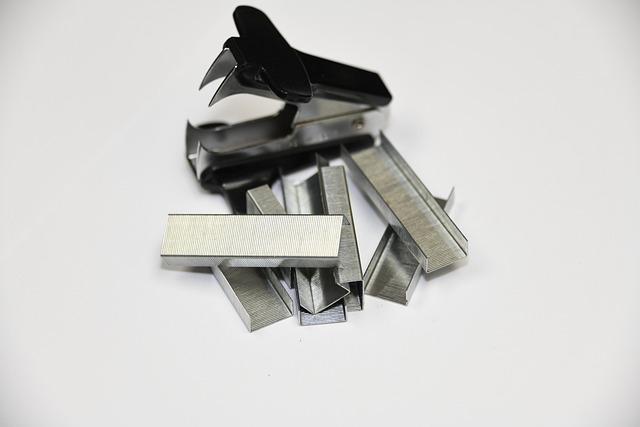Private Mortgage Insurance (PMI) is a key enabler for homeownership, protecting lenders against borrower defaults with minimal down payments. PMI becomes unnecessary once the loan-to-value ratio reaches 20%, allowing homeowners to remove it by providing updated financial and property information. Alternatives to PMI include increasing down payments, accelerated repayment methods, or switching to fixed-rate mortgages, all of which save costs and enhance financial security in the competitive real estate market.
“In the real estate market, understanding private mortgage insurance (PMI) is crucial for homeowners. This article delves into the intricacies of PMI, guiding you through its purpose and how to end its coverage effectively. We explore common scenarios requiring PMI termination and the steps involved. Additionally, we present alternatives to PMI, empowering homeowners with options to navigate the market confidently. By the end, you’ll be equipped to make informed decisions regarding your real estate investments.”
Understanding Private Mortgage Insurance (PMI) in Real Estate

Private Mortgage Insurance (PMI), often a requirement for borrowers with low down payments, plays a significant role in the real estate landscape. In simple terms, PMI is an additional insurance policy taken out by lenders to protect their interest if a borrower defaults on their mortgage. This is particularly relevant in the real estate market as it helps ensure lenders’ security and allows buyers to enter homeownership with smaller initial investments.
In real estate transactions, when a buyer doesn’t have a substantial down payment, usually 20% or more of the property’s value, PMI becomes part of the mortgage agreement. It provides a safety net for lenders by covering potential losses if the borrower cannot repay their loan. While it adds to the overall cost of borrowing, PMI is designed to encourage homeownership and facilitate access to mortgages for those who might not otherwise qualify.
When and How to Discontinue PMI Coverage

When to discontinue Private Mortgage Insurance (PMI) coverage depends on a few key factors in the real estate landscape. Typically, home buyers who have paid off at least 20% of their original loan amount are eligible to remove PMI. This milestone marks a significant point in a borrower’s journey, as it signifies substantial equity in the property. At this stage, lenders usually require updated appraisals or alternative forms of valuation to ensure the property still meets the required criteria for the reduced loan-to-value ratio.
The process involves reaching out to your lender and providing documentation supporting your request. This may include proof of payment history, current property value assessments, and details of your financial standing. Once approved, you’ll need to submit a formal request to have PMI removed from your mortgage, effectively eliminating this additional cost associated with homeownership.
Alternatives to PMI: Empowering Homeowners in the Real Estate Market

When it comes to alternatives to Private Mortgage Insurance (PMI), homeowners in the real estate market have several empowering options. One popular choice is increasing the down payment, which reduces the loan-to-value ratio and eliminates PMI requirements. This strategic move not only saves on monthly payments but also demonstrates a higher level of financial commitment to the property.
Additionally, paying off the mortgage faster can help homeowners avoid PMI altogether. Accelerated repayment methods like making additional principal payments or switching to a fixed-rate mortgage with lower fees can significantly cut down on costs associated with PMI. These alternatives not only free up financial resources for other investments but also foster a stronger sense of homeownership and security in the real estate market.






